
The meniscus is a specific fibrocartilage structure found in the knee joint. This cartilage structure is also found in acromioclavicular, sternoclavicular and temporomandibular joints. Meniscus of the knee joint does not act as an articular disc because it only partially divides a joint cavity. Each knee has two menisci. Their location makes them susceptible to wear and tear and this is why meniscus tear actually represents the most common knee injury.
Meniscus Tear - Overview
People with a meniscus tear typically develop swelling of the knee. The knee is stiff and painful. The pain generally increases when a person starts to twist, turn or rotate the knee. There may be difficulty straightening the knee completely. The injured knee may also remain locked in one position. Majority of patients report a popping sound which occurs during the very moment of the injury.
Meniscus tears generally develop as a consequence of any kind of activity that includes forceful twisting or rotating the knee. This is why this type of injury is frequent among athletes (football, tennis, basketball etc.). Furthermore, such injury may additionally occur even while kneeling or squatting. Degenerative changes to the knee joint make the knee more susceptible to such injury, particularly in elderly people.Treatment for Torn Meniscus
Patients suffering from torn meniscus are treated either conservatively (non-surgical treatments) or surgically.
Mild tears can heal spontaneously. Doctors recommend proper rest. It is essential to avoid any activity that increases pain or may cause additional damage to the affected structures. By using crutches the person spares the injured knee and allows it to heal faster. Pain associated with this injury is successfully alleviated with pain killers and NSAIDs. Swelling can be easily reduced with ice packs which are supposed to be held for approximately 15 minutes. The process repeats every 4-6 hours for a day or two. Swelling of the injured area is also reduced if the leg is placed in an elevated position (which is easily achieved with a stack of pillows).
Physical therapy is also important for such patients. Namely, with proper exercises the knee restores its range of motions and muscles of the injured area regain their strength. Additional help is obtained from arch supports as well as similar shoe inserts. These can distribute force evenly around the knee, and, by limiting stress, allow the knee to heal properly.
Surgical repair for torn meniscus is performed only if the pain remains, the knee is stiff/ locked and the tear has led to displacement of meniscus fragments. Arthroscopy is the most common approach when it comes to repair of torn meniscus. Recovery after such surgery is much faster comparing to open-knee surgery.


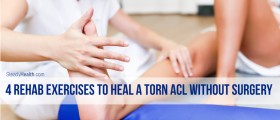





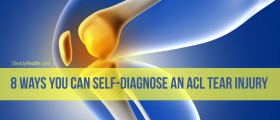


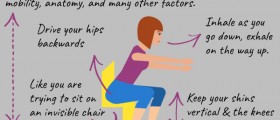
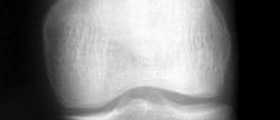

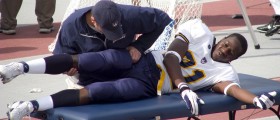
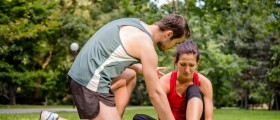

Your thoughts on this
Loading...